Lights, camera, action! There's something truly enchanting about the world of videography. The art of video shoots has the power to captivate audiences, transport them to different worlds, and evoke a wide range of emotions. Behind the scenes, a carefully crafted combination of style, character development, and emotional storytelling brings these cinematic works of art to life.
From capturing breathtaking landscapes to telling compelling stories, creating cinematic videos is an art sets the visual tone and helps create a unique atmosphere that captivates viewers. In this article, we will explore how these elements work together to create the magic we see on the our screen.
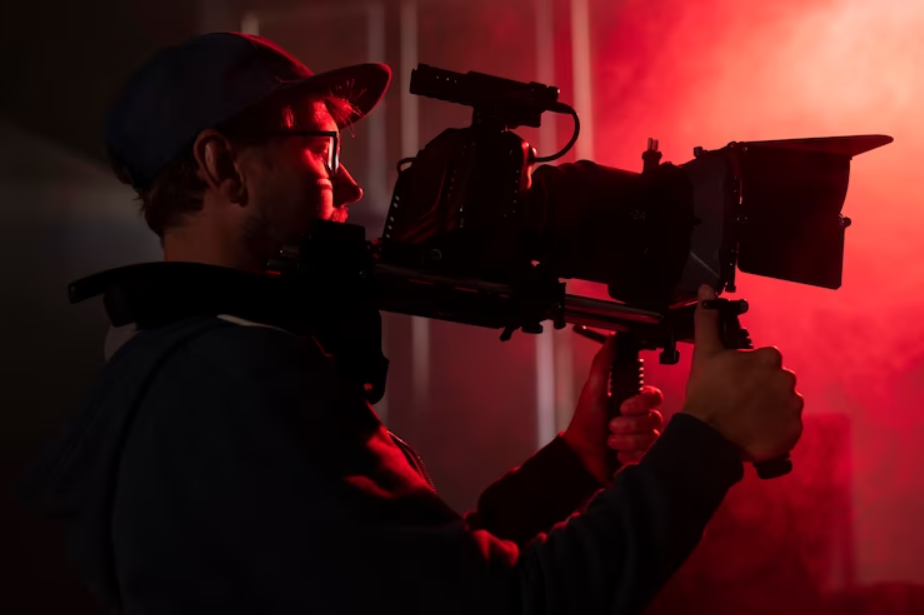
Style: Setting the Visual Tone
One of the fundamental aspects of a video shoot is the style, which encompasses various visual elements such as cinematography, set design, costumes, and color grading. Each video shoot has its unique style, which helps establish its mood, atmosphere, and overall tone.
Cinematography plays a vital role in shaping the visual aesthetics of a successful shoot. Through the skillful use of camera angles, movements, and framing, cinematographers can enhance the storytelling and create a sense of immersion.
Additionally, set design and costumes contribute to the creation of a video shoot's style. A meticulously designed set can transport the audience to a different time or place, while costumes help define characters and their personalities.
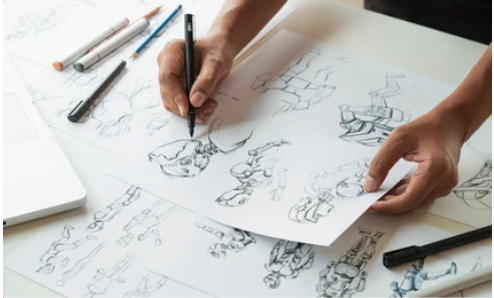
Character Development: Breathing Life into Stories
Interesting characters are the beating heart of any video shoot. They are the vessels through which the audience connects with the story and experiences a range of emotions. Effective character development requires a delicate balance of writing, acting, and direction.
A strong script lays the foundation for memorable characters. It includes well-crafted dialogue, character arcs, and motivations that make the audience care about their journey. Whether it's a hero overcoming their fears or a villain driven by revenge, the characters must be relatable and multi-dimensional.
The actors bring these characters to life through their performances. Their ability to embody the emotions, quirks, and nuances of their roles is what makes the characters believable and compelling. A skilled director guides the actors, helping them tap into the core of their characters and delivering performances that resonate with the audience.
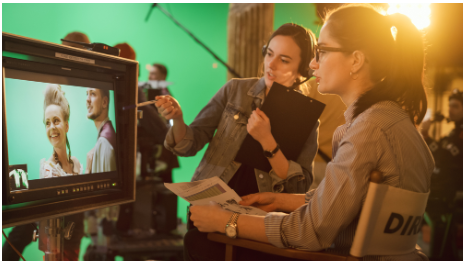
Emotional Storytelling: Evoking Desirable Reactions
At the heart of every great film lies the ability to evoke emotions in its viewers. Emotions are a universal language that can forge a deep connection between the story on-screen and the audience. Emotional storytelling enables us to experience joy, sorrow, fear, excitement, and a myriad of other feelings.
The script sets the emotional foundation by creating situations and conflicts that elicit emotional responses. It employs dramatic tension, heartwarming moments, or even comedic relief to engage the audience's emotions throughout the story.
The art of cinematography, editing, and music selection enhances the emotional impact. The use of lighting, color grading, and visual effects can evoke specific moods and intensify the emotional resonance. Similarly, skillful editing techniques, such as pacing and the arrangement of shots, can heighten the dramatic impact.
The soundtrack and sound design complement the visuals, evoking emotions through music and sound effects. A poignant score can intensify a sad scene, while a suspenseful sound design can amplify tension. When these elements are seamlessly woven together, they create a symphony of emotions that resonates deeply with the audience.
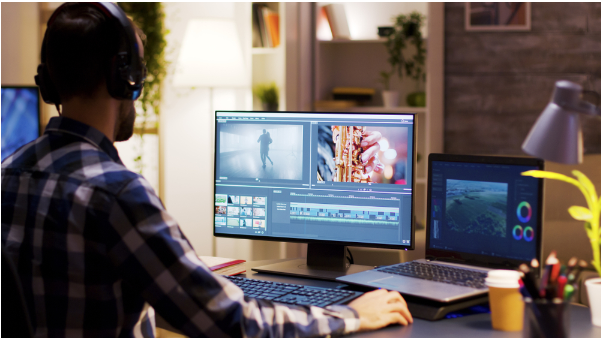
Making Your Videos Look Cinematic: Practical Tips
Now that we've discussed the elements of cinematic videos, let's dive into some practical tips to make your videos look more cinematic:
1. Use Depth of Field:
Achieve a cinematic look by creating a shallow depth of field. This technique blurs the background, making your subject stand out and adding a professional touch.
2. Stable Footage:
Invest in a tripod or a gimbal stabilizer to ensure smooth and steady shots. Shaky footage can distract viewers and take away from the cinematic experience.
3. Attention to Details:
Pay attention to the overall production design. Consider the location, props, and costumes to create a visually cohesive and immersive experience.
Post-Production:
Enhance your video during the editing process. Apply color grading techniques, adjust the contrast, and add cinematic effects to elevate the visual appeal.
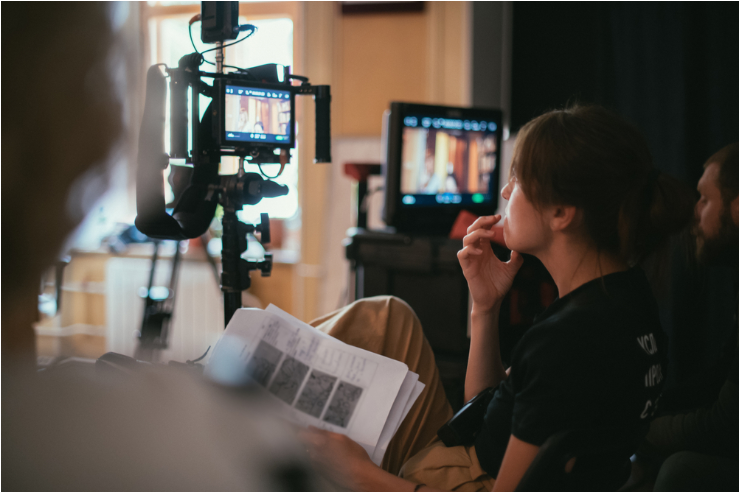
CONCLUSION
Creating cinematic magic in your videos is all about carefully combining style, character development, and emotions. By experimenting with different visual elements, crafting compelling narratives, and evoking emotions through storytelling, you can transport your audience into a world of cinematic enchantment. So, grab your camera, unleash your creativity, and embark on a journey to create cinematic works of art that captivate and inspire.